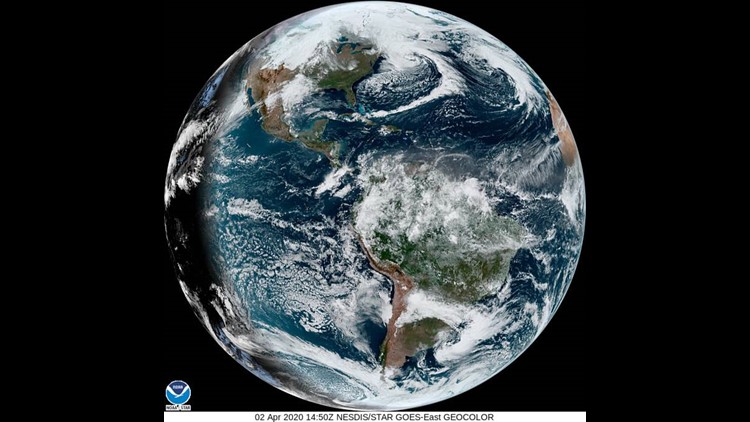LOUISVILLE, Ky. — We’ve all seen them, and they’re probably one of the first things we think about when we think about weather – clouds. There are many different variations of them, some more interesting than others. They’re not unique to planet Earth, either! If a planet has an atmosphere, it can support clouds. How much do you know about the bringers of rain and snow? Here are some facts about clouds you may not know.
1) There’s a whole atlas dedicated just to clouds! The World Meteorological Organization’s (WMO) International Cloud Atlas is a huge resource that describes and classifies various clouds and other meteorological phenomena. There are multiple editions, the most recent published in 2017. Want to check out what the Cloud Atlas has to offer? Click this link to check it out.
2) What is the definition of a cloud? Here’s the technical WMO definition:
- “A cloud is a hydrometeor consisting of minute particles of liquid water or ice, or of both, suspended in the atmosphere and usually not touching the ground. It may also include larger particles of liquid water or ice, as well as non-aqueous liquid or solid particles such as those present in fumes, smoke or dust.”
3) Clouds are heavy. The “average” cumulonimbus can weigh upwards of 880,000 pounds. That’s roughly the same as an Airbus 380 aircraft. However, many different factors influence how much a cloud can weigh, such as temperature, altitude, atmospheric pressure, etc. Source: UK Met Office

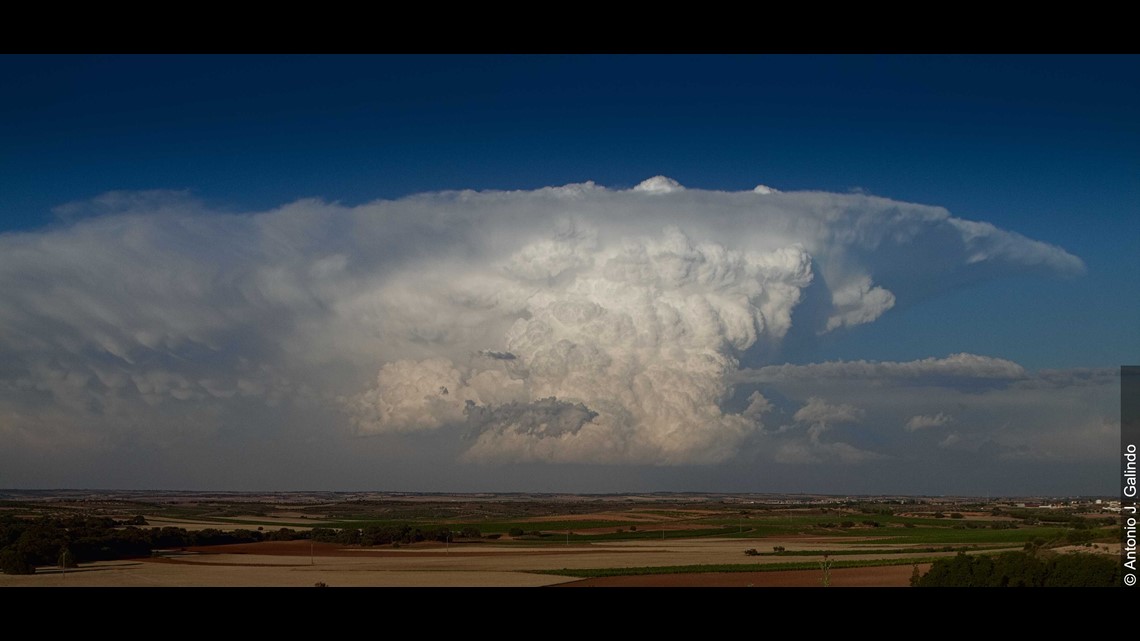
4) Clouds are classified based on what altitude they’re generally found. The location of the bottom of a cloud (also called the cloud base) determines whether it’s a low-, mid-, or high-level cloud. These numbers vary depending where you are on the planet.
- Low-level clouds are found between the Earth’s surface and roughly 6,500 feet above the ground.
- Mid-level clouds are generally found between 6,500 and 20,000 feet.
- High-level clouds are generally those around 20,000 feet and above.

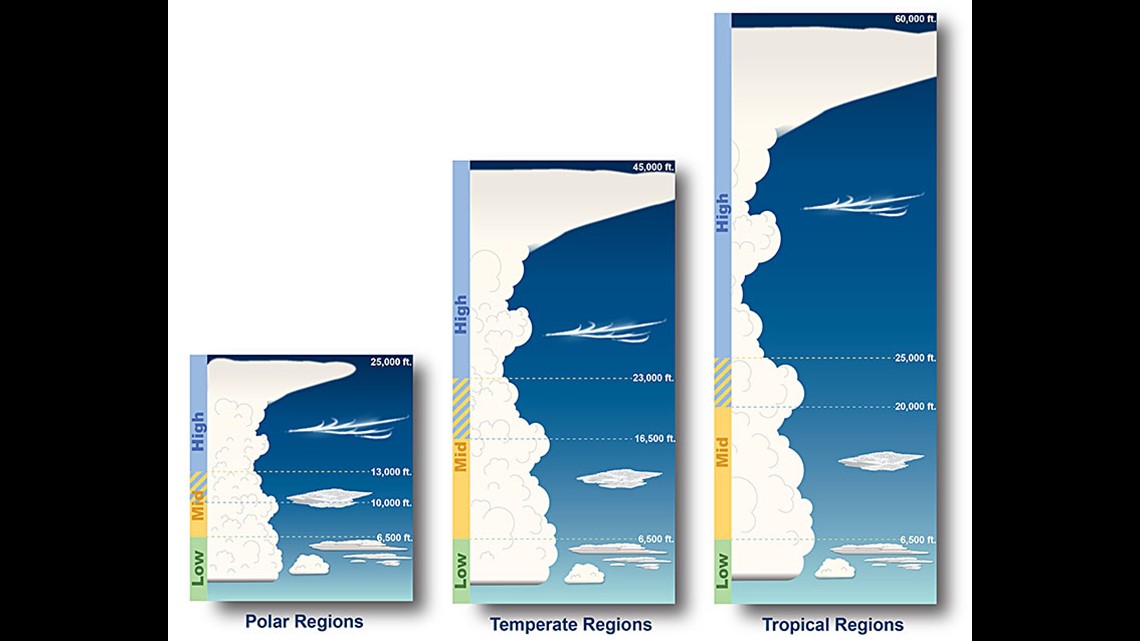
5) The “four core” cloud types. You’ve probably heard these names before: cumulus, altostratus, cirrocumulus, nimbostratus, etc. But what do they mean exactly? There are four categories. Source: National Weather Service (NWS)
- Cirro-form: “Cirro” is Latin meaning curl of hair. Cirro-form clouds are made of ice crystals and found high in the atmosphere. They are thin, wispy, and white.
- Cumulo-form: “Cumulo” is Latin for heap. Cumulo-form clouds are isolated, puffy clouds and what most people envision when they think of clouds. They have flat bases, sharp outlines, and indicate rising motion in the sky.
- Strato-form: “Strato” is Latin for layer. Strato-form clouds are broad with soft edges and cover the sky like a blanket.
- Nimbo-form: “Nimbo” is the Latin word for rain. Nimbo-form clouds are a combination of the first three forms. Rain almost always falls from a nimbo-form cloud. They also tend to have the biggest vertical height.


6) Clouds can indicate approaching weather features. Remember the four core clouds mentioned above. Without looking at weather models, you can use clouds to get an idea of what type of weather is headed your way! Cirro-form clouds often appear ahead of an approaching storm system by several hours. Strato-form clouds are often found on the north side of approaching warm fronts. Source: NWS
7) Cumulonimbus are actually low-level clouds. These towering clouds produce thunderstorms and can produce tornadoes. Contrary to popular belief, cumulonimbus is classified as a low-level cloud despite how tall they grow. This is because the base of them is found in the low levels. Look back at fact #4.

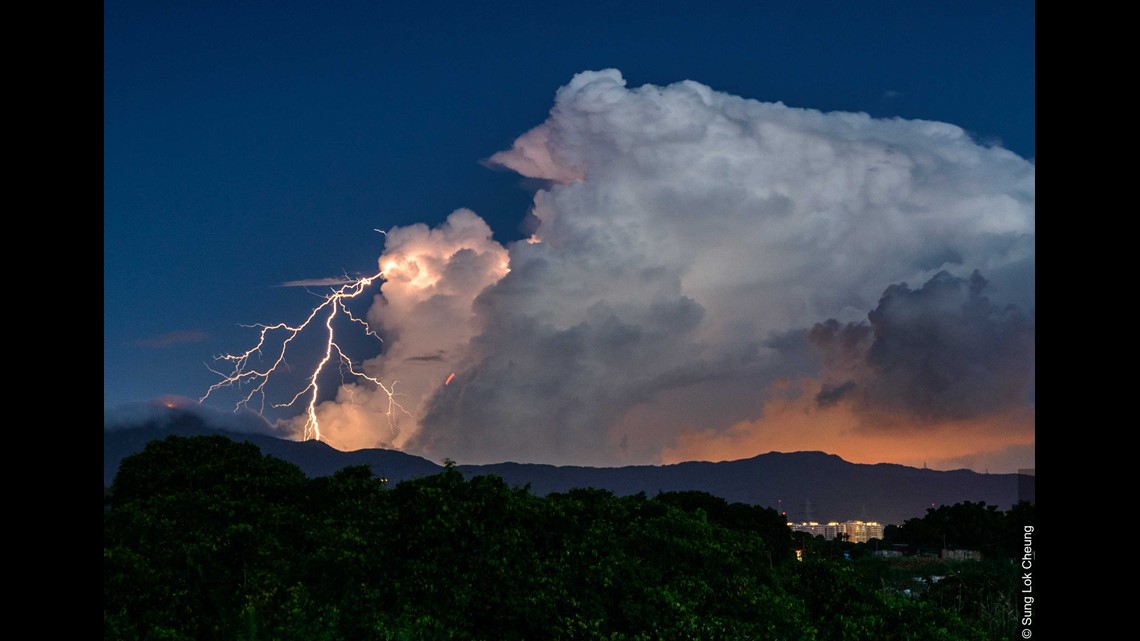
8) Thunderstorms can have acne. Well, kind of. They’re called “anvil zits.” It’s weather slang for frequent lightning discharges that happen in the anvil of a thunderstorm. An anvil, by the way, is a wide, flat cloud found at the top of a cumulonimbus. They can spread out over hundreds of miles. Source: NWS

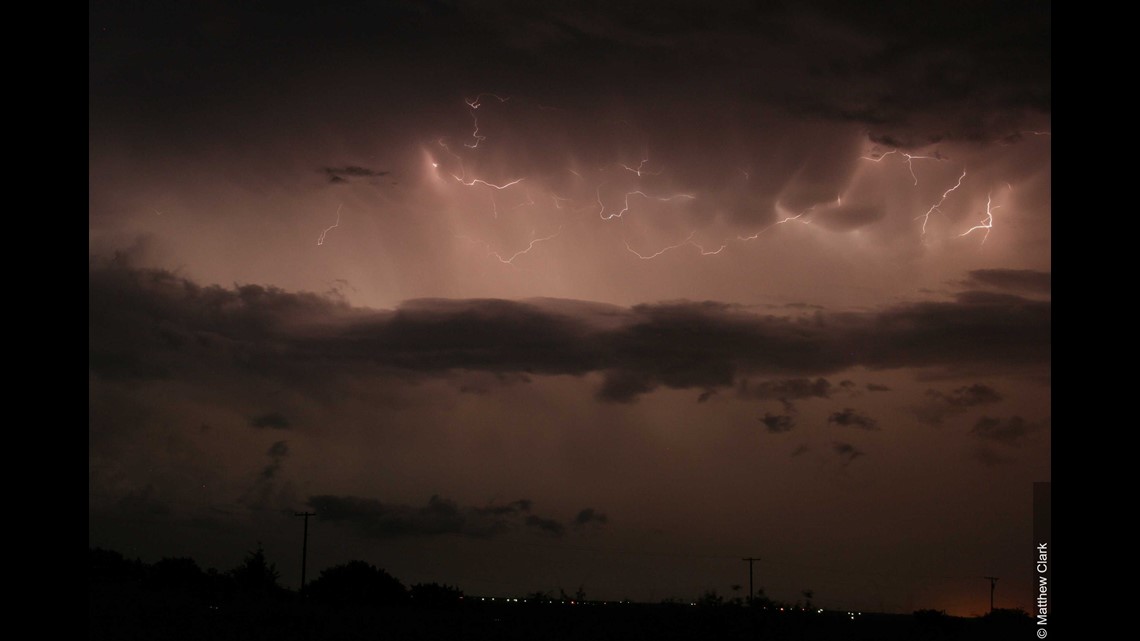
9) How cloudy is Earth? Good question! NASA’s Earth Observatory says nearly two-thirds of the planet is covered by cloud at any given time. The mid-latitudes (where we live) in the northern and southern hemisphere, as well as the equatorial region, are where most clouds are found. Source: UK Met Office

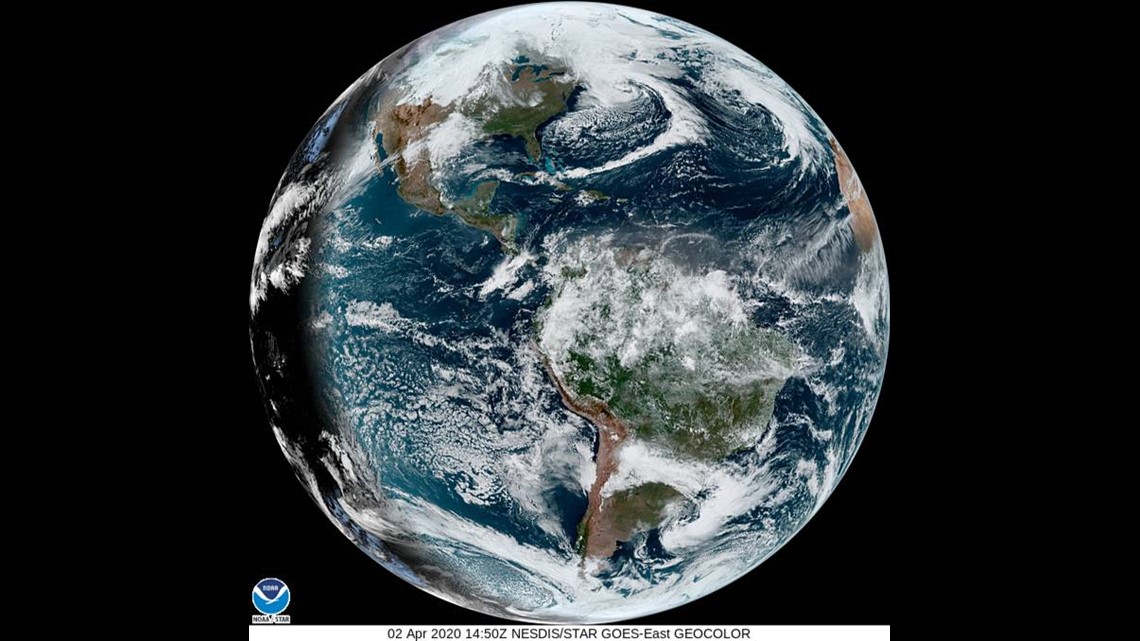
10) The highest cloud of all. Noctilucent clouds are very high in the atmosphere, around 280,000-300,000 feet above the surface in the mesosphere! You can only see these clouds if you’re above 50° North or South latitude. Noctilucent often look ominous, especially because they’re only visible at twilight when the sun is below the horizon. Source: Cloud Atlas


We could go on and on about clouds. They're fascinating. In fact, there are meteorologists who dedicate their entire career to cloud physics and other cloud processes! Maybe we'll do another cloud facts blog in the future.
If you have a neat cloud picture you want to show off, you can share it with us! Join the WHAS11 Kentucky/Indiana Cloud Watchers group!
Meteorologist Alden German
Facebook: Facebook.com/AldenGermanWX | Twitter: @WXAlden

